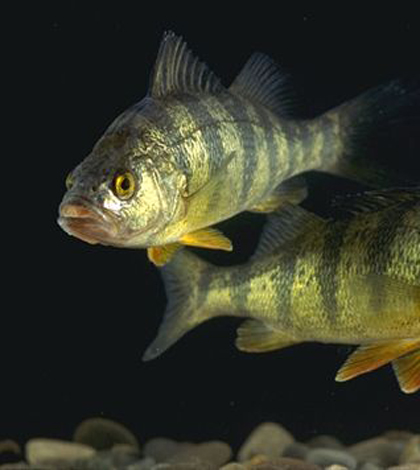Earbone studies help track fish through Great Lakes wetlands

Yellow perch (Credit: USDA, via Wikimedia commons)
A research group from Central Michigan University is tracking fish based on information gleaned from their ear bones, the Great Lakes Echo reported.
Donald G. Uzarski, director of the university’s Institute for Great Lakes Research, and his team of researchers are studying the presence of fish in coastal Great Lakes wetlands by “reading” fish otoliths, or ear bones. The otolith grows in daily rings, accumulating trace elements from the water. Scientists can match these elements with those found in specific aquatic locations to track the fish.
The CMU researchers use a laser-equipped mass spectrometer to identify the elements present in the otoliths. Additionally, the spectrometer can also determine the age of a fish by a darker ring on the otolith that develops each winter.
The study is currently being conducted on yellow perch, but may expand to include walleye and other fish of the Great Lakes’ coastal wetlands.
Image: Yellow perch (Credit: USDA, via Wikimedia commons)




0 comments